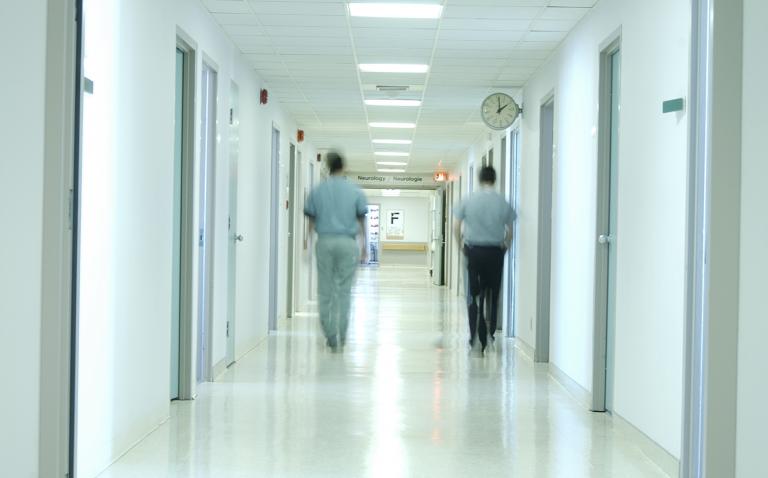A bioscience medical device invented in Britain can eradicate the methicillin-resistant staphylococcus aureus (MRSA) superbug and other bacteria and viruses on surfaces in just one hour by purifying the air, according to a new independent report.
Unlike air filtration systems, the UK-patented prototype is effective even without processing all of the air in a room through the unit. It uniquely combines a number of established technologies to trigger a molecular “chain reaction” that decontaminates the environment of germs, say its British inventors Tri-Air Developments. This is achieved harmlessly, even within a hospital or other room that is occupied by people.
In recent tests MRSA bacteria samples on glass and metal – concentrations similar to those that might be found in infected hospital wards – were exposed to the air purification system and destroyed in less than one hour.
The results follow a report last year by the same laboratory that confirmed the unit took less than two minutes to kill airborne test bacteria Staphylococcus, which is the same genus as MRSA (UK HPA Centre for Emergency Preparedness and Response, Porton Down, 2007).
This purification process is 100 times more effective than any current method of decontamination and can maintain air purity for as long as the unit is operational, according to inventors Tri-Air Developments – co-founded by microbiologists at Promanade Ltd and technology transfer specialists Inventa Partners Ltd and the UK’s Building Research Establishment.
The UK patent was granted in June 2007 for the biotechnology unit, which incorporates three decontamination technologies to overcome their inherent individual shortcomings, says CEO Gideon Davenport: non-thermal plasma; ultraviolet catalysis; and OAF (open air factor). It continually “scrubs” the air clean to create a fresh air environment that is lethal to viruses and bacteria, including MRSA and H5N1.
The unit can be readily adapted for medical applications in hospitals, such as within large ventilation systems or for portable use in a single room – in addition to public buildings for homeland security, for example.
Commercialisation advisors PricewaterhouseCoopers are in discussion with a shortlist of major manufacturers in North America, Europe and Asia to structure rights for production.
The unit creates an OAF rich in hydroxyl radicals, to destroy microbes including flu and cold viruses and bacteria, both in the air and on surface contact. Hydroxyl radicals are found naturally in abundance in outdoor fresh air, with high concentrations in forested mountain areas, and are completely harmless to people.
Your comments: (Terms and conditions apply)
“I am very interested in this product of Tri-Air, and I would like to receive more information on it. I would recommend using this device at the new building of our hospital, expected to open about spring 2009.” – Dr Lorenzo Ponz, Head of the Anaesthesia Dept, Instituto Oncologico, San Sebastián, Spain










